Voyage of Darwin’s Beagle – Episode 8: The Ruins of Progress (2009)
In this last episode of the series the crew of Stad Amsterdam visits Mauritius island before making a final stop in South Africa where the journey of modern Human ancestors began 200 thousand years ago. San culture in South Africa is the most ancestral Human population finding Like many island ecosystems Mauritius has been impacted by introduced species such as macaques. Species evolved on island systems are more prone to extinction. The flightless bird the Dodo is the icon of […]

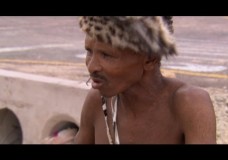
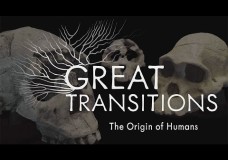


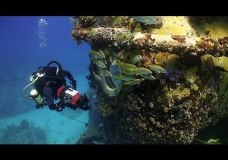
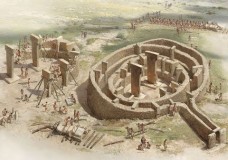
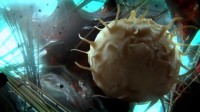
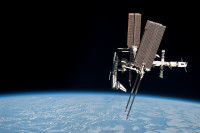

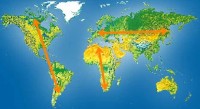
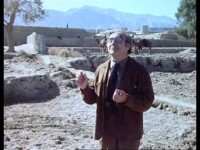
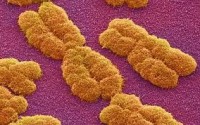


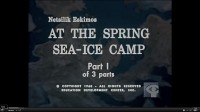

Recent Comments